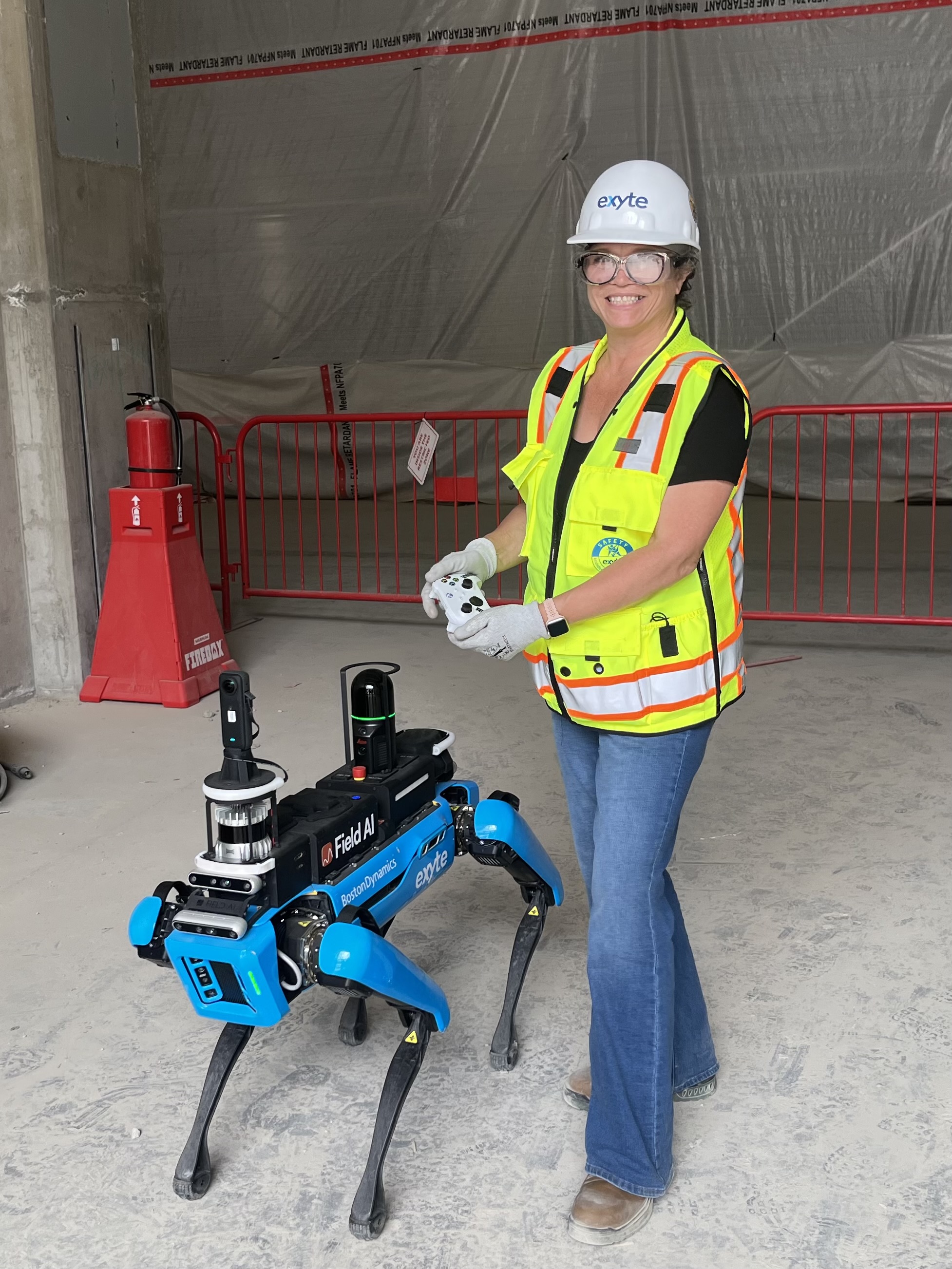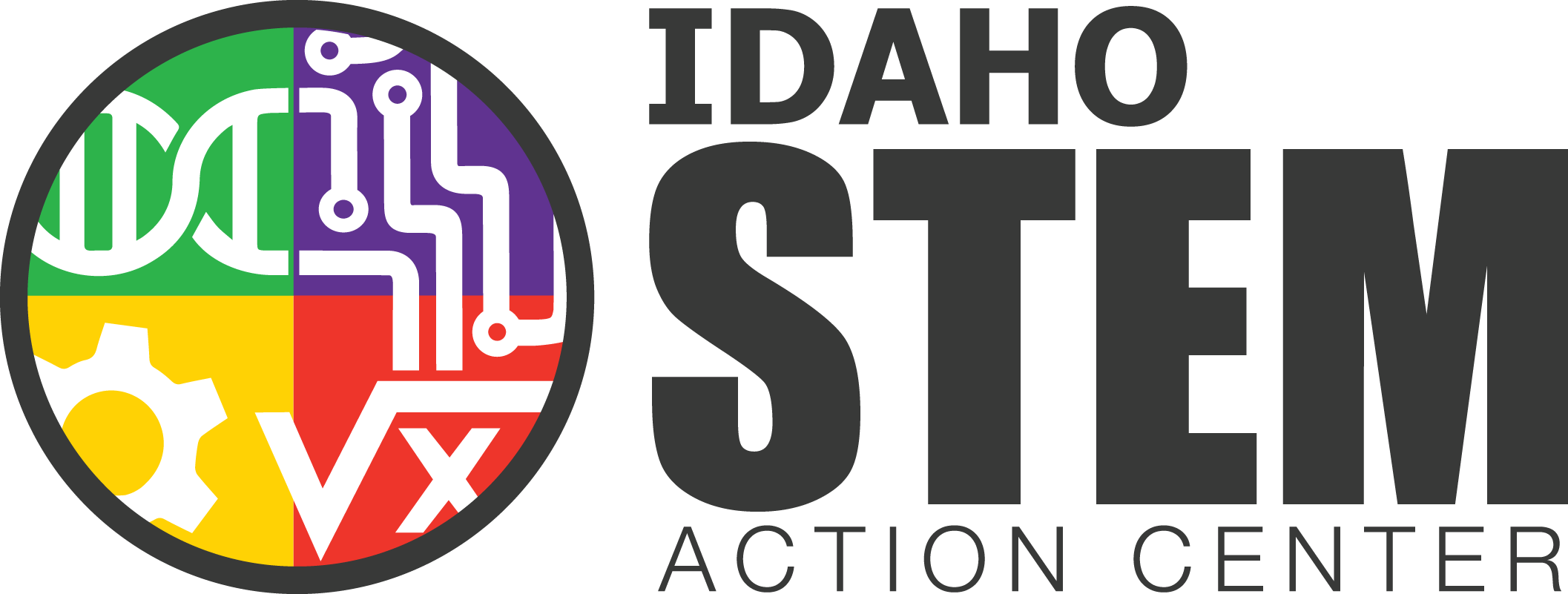Lola Johnson at Exyte
 From the Art Room to the Construction Site: My Eye-Opening Externship in Virtual Design and Construction
From the Art Room to the Construction Site: My Eye-Opening Externship in Virtual Design and Construction
I never imagined I’d find myself 160 feet above the ground, navigating open construction framing in steel-toe boots and a hard hat—all in the name of exploring technology. But that’s exactly where my recent externship took me, and the experience was as inspiring as it was enlightening.
As an educator, I’m always looking for ways to connect classroom learning with real-world applications. This externship with Exyte’s Virtual Design and Construction (VDC) team gave me a front-row seat to the cutting-edge technology shaping the future of construction—and a wealth of insights to bring back to my students.
What Is Virtual Design and Construction?
At the heart of my experience was Building Information Modeling (BIM)—a collaborative process that manages information throughout a construction project’s lifecycle. From initial design and engineering to clash detection and final construction, BIM ensures that every element of a project is aligned, efficient, and cost-effective.
The VDC team at Exyte uses BIM to coordinate everything: electrical systems, plumbing, fire suppression, ventilation, and more. By identifying potential issues virtually before they happen in the field, they save time, money, and materials—while improving the quality of the final build.
High-Tech Tools on the Job Site
One of the most exciting parts of the externship was working alongside technicians who operate some truly futuristic tools:
- Robot dogs equipped with LiDAR (Light Detection and Ranging) for detailed spatial mapping.
- Drones that capture high-resolution images and video from 400 feet in the air.
- 360-degree AI cameras that document every angle of the construction site.
These tools feed data into sophisticated software that aligns GPS coordinates, radar mapping, and design plans to track progress and ensure accuracy. The level of precision is astounding—LiDAR can even distinguish between steel beams, concrete, ductwork, and piping.
Real-Time Problem Solving and Collaboration
Technology in this field is evolving at lightning speed. Hardware and software are constantly being updated, sometimes even mid-project. I witnessed firsthand how field techs troubleshoot issues in real time, often with remote support from their teams.
I also participated in collaborative meetings where virtual models were analyzed by project managers, engineers, architects, and contractors. These sessions were like watching a live problem-solving lab—teams working together to resolve clashes and adjust plans before materials are even manufactured.
Bridging the Gap Between Art and Industry
While my background is in Art education, this experience reinforced how deeply connected the arts are to fields like construction and technology. The skills we cultivate in the art room—creativity, visual literacy, problem-solving—are the same ones that drive innovation in VDC.
Here are some of the essential soft skills I’ll be emphasizing with my students moving forward:
- Continuous curiosity
- Adaptability and resilience
- Collaborative teamwork
- Patience and perseverance
- Ownership of mistakes and learning from them
- Visual literacy and spatial awareness
- A willingness to step outside their comfort zones
Final Reflections
This externship was more than just a professional development opportunity—it was a powerful reminder of how education and industry can intersect in meaningful ways. I’m excited to bring these experiences back to my classroom, to inspire students with real-world applications of their creativity and to show them the diverse, dynamic careers that await them.
Whether they pursue art, engineering, or something in between, I want my students to know that their skills are valuable—and that the world needs their unique perspectives.
Grade Level and Subject Taught: 6-8 Art

